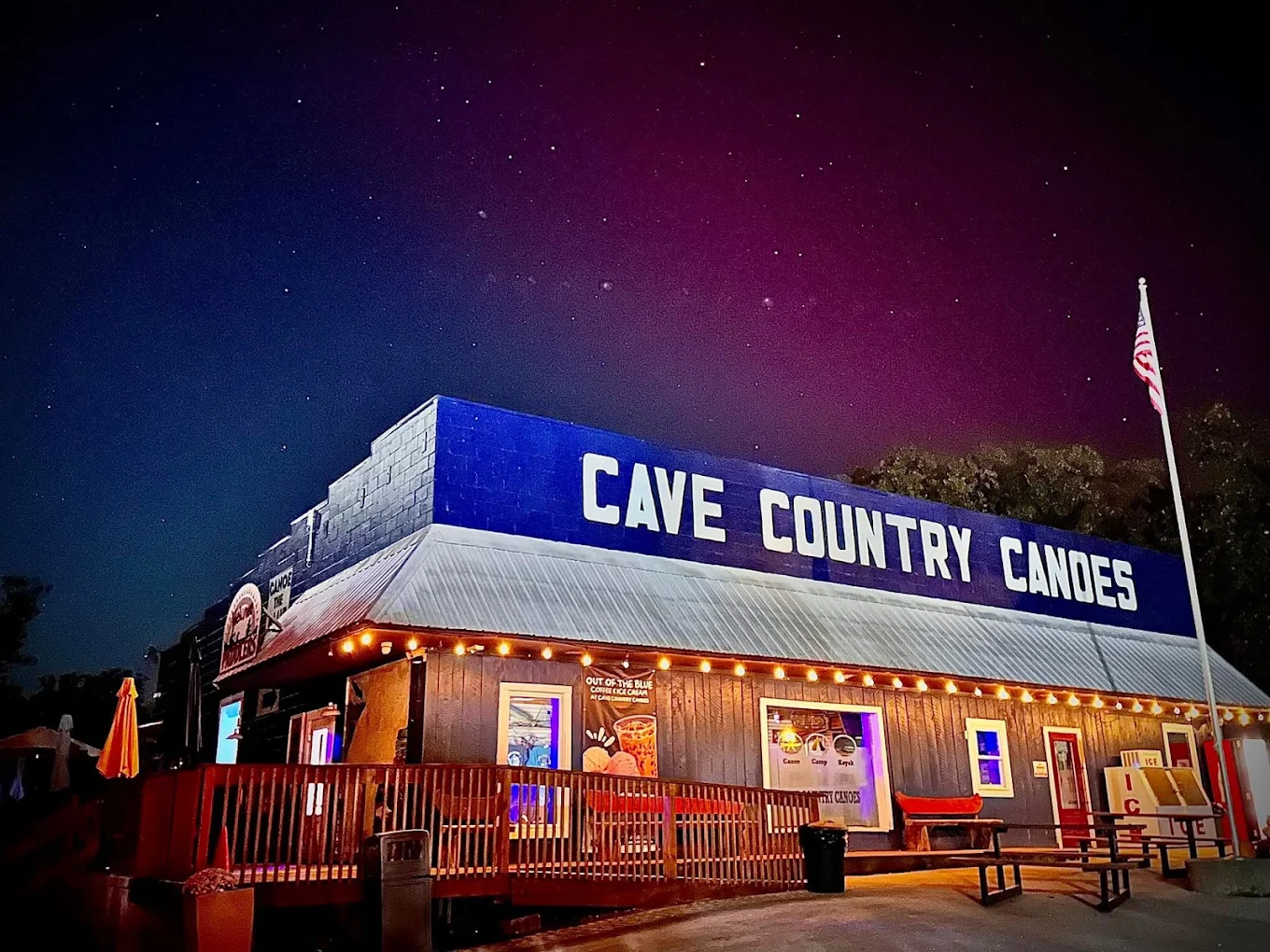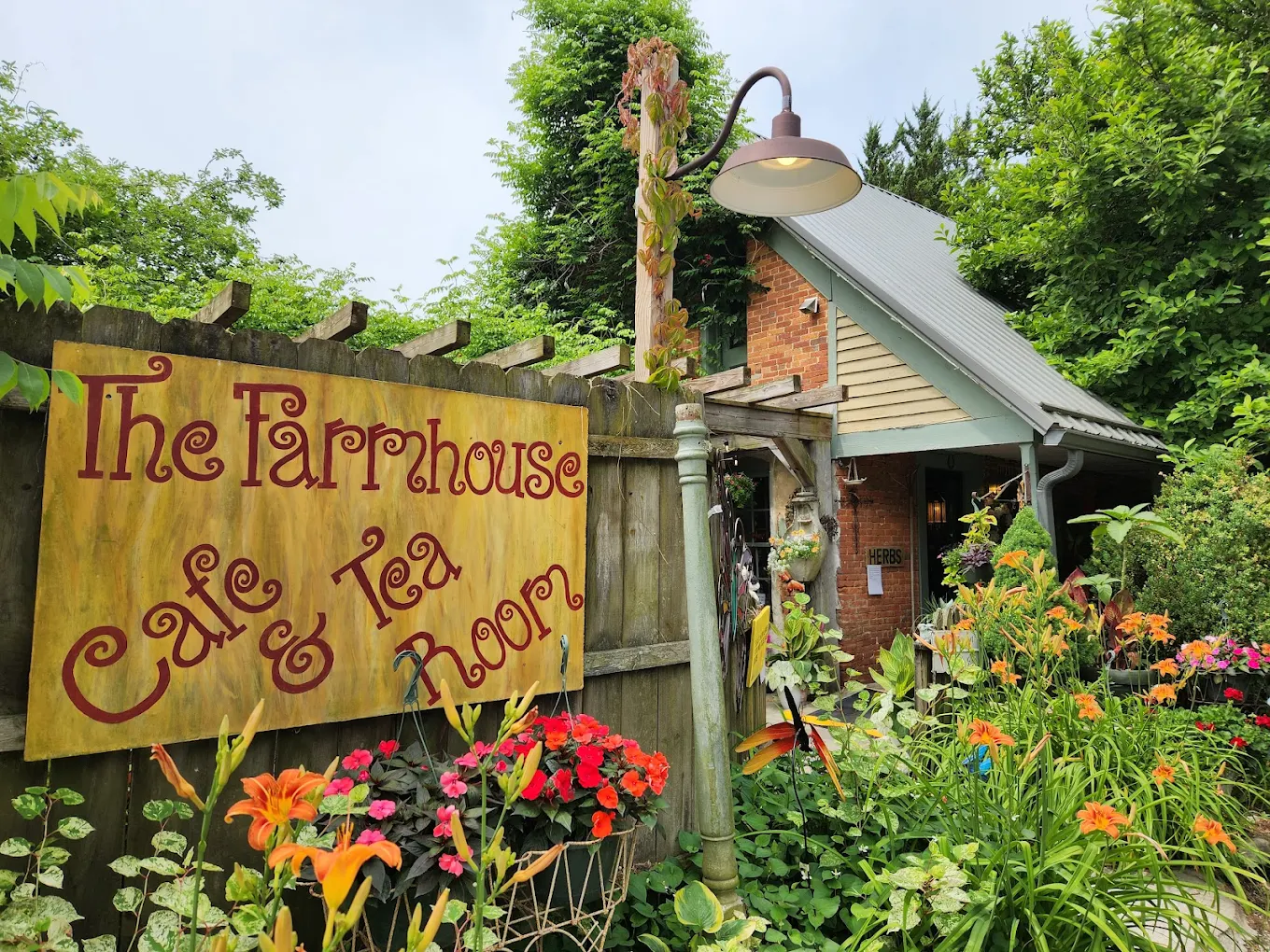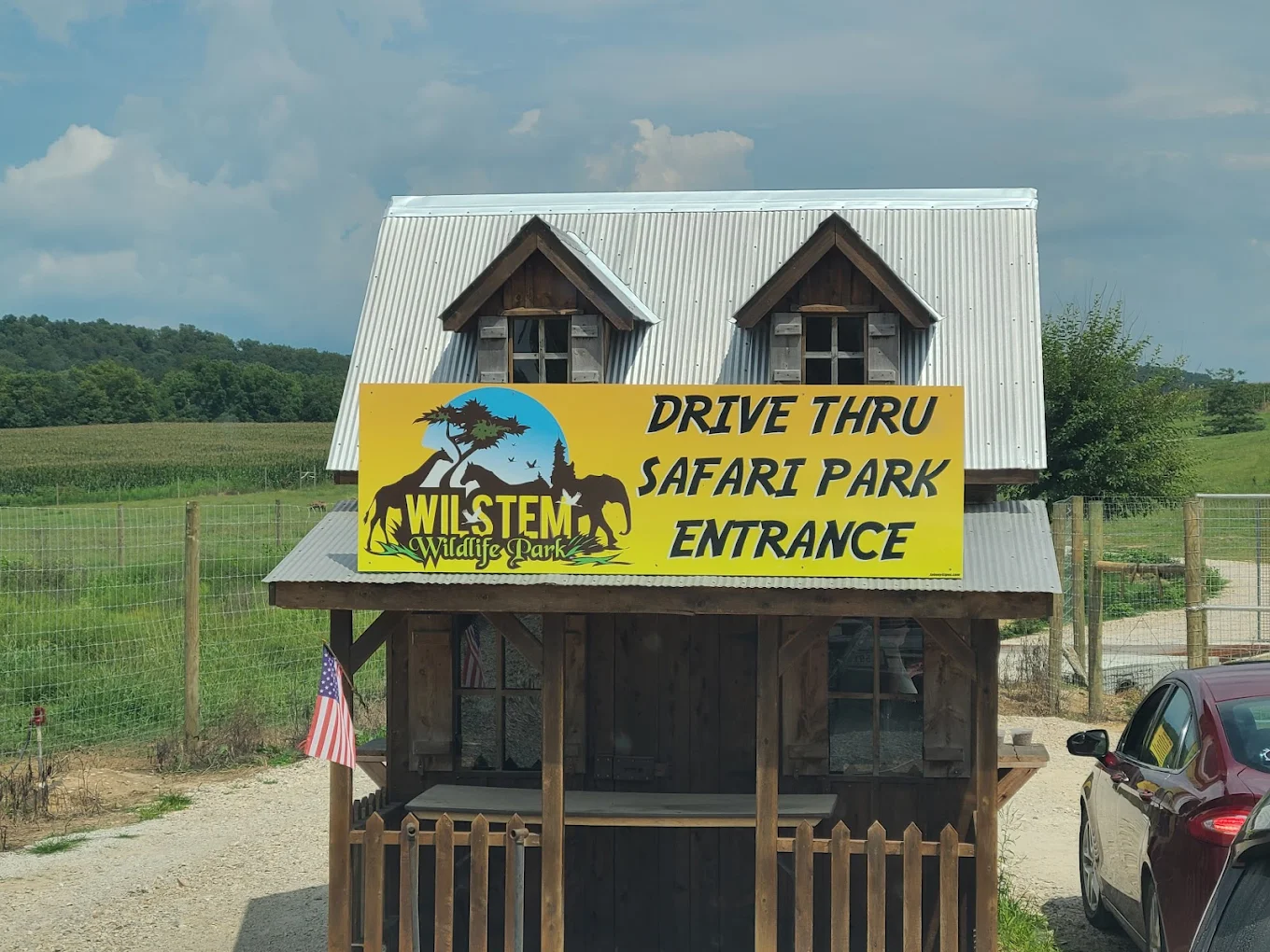An Underground Adventure on Southern Indiana’s Blue River
Tucked into the limestone hills of Crawford County, Cave Country Canoes in Milltown offers a guided kayak experience that blends river paddling with the mystique of Indiana’s karst landscape. On select trips and conditions, guides lead small groups along quiet bends of the Blue River to cave mouths and spring-fed passages, where cool air spills out of the stone and the light on the water turns a silvery green. It’s a rare chance to explore the state’s cave country from the cockpit of a kayak, with experienced leaders keeping the pace relaxed and the focus on discovery.
The Blue River is one of Indiana’s classic paddle routes—clear, spring-influenced, and bordered by towering hardwoods and sculpted limestone bluffs. What makes the guided cave tour special is the way it slows everything down. Instead of ticking off miles, you linger: reading the current as it feathers past rock ledges, drifting beneath overhangs, and easing toward cave entrances where the temperature drops and the echoes sharpen. Depending on water levels and wildlife activity, the group may nose into shallow caverns or remain at the mouth, taking in the sightlines and learning how these systems formed.
What “Paddling Through Caves” Really Means
Because safety and conservation come first, the extent of cave penetration changes with conditions. In low, clear water, guides may allow kayakers to paddle inside short distances, staying in illuminated zones with ample headroom and a stable ceiling. After rain, or when bats are active or nesting birds need quiet, the group observes from the threshold. Either way, you get the sensation of paddling at the edge of the underground—hearing every drip, feeling the cold air, and watching the ripples distort the cave’s stone textures.
Karst 101 on the Water
Southern Indiana’s karst terrain is built on soluble limestone. Over millions of years, slightly acidic water carved out sinkholes, springs, and caves—features you can literally trace by kayak. Guides explain how underground channels feed the river, why some banks weep with clear springwater, and how “ceiling breakdown” leaves jumbled boulder fields where small fish and crayfish hide. It’s geology class with a paddle in your hands.
Who These Tours Are For
You don’t need to be an expert paddler to enjoy the cave-focused outing, but comfort with basic kayak handling helps. The pace is mellow, distances are modest, and the emphasis is on control rather than speed. Families with older kids, photographers, and first-time visitors to cave country all tend to love this style of trip. If you’re new to kayaking, arriving a bit early to practice forward strokes, sweep turns, and simple braces at the put-in will pay off the moment you’re maneuvering near rock walls.
Guides, Group Size, and Safety
Trips are led by trained guides who know the river’s seasonal quirks—where eddies form at typical flows, which cave mouths draft the strongest cold air, and when water clarity is best for spotting fish beneath the bow. Group sizes are intentionally small to keep communication easy and minimize wake inside sensitive areas. Everyone wears a properly fitted PFD, and helmets may be provided if the route includes low ceilings or narrow passages. Guides carry throw ropes, first-aid kits, and lights for signaling and demonstration—though most of the exploration stays within naturally lit zones to protect wildlife and preserve your night vision if you do look deeper from shore.
What You’ll See
Expect layered limestone bluffs streaked with mineral stains, mossy seeps, and ledges that create gentle standing waves. At cave mouths, watch for swallows flicking in and out, small schools of minnows swirling over sandy patches, and the occasional turtle holding steady in the eddy line. In late summer, dragonflies patrol sunlit pools, and in shoulder seasons you may see mist rising where springwater meets the cooler cave air.
Seasonal Variations
The guided cave kayak tours change with the seasons. In spring, higher flows make for livelier currents and more active wildlife, with migrating birds stopping along the river corridor. Summer brings lush greenery and warmer water, allowing for relaxed paddling and longer breaks at scenic spots. Autumn is a favorite for many, as cooler temperatures and colorful foliage create a striking contrast against the gray and white limestone. Winter trips are rare but offer a stark, peaceful beauty when conditions are safe.
Water Levels and Conditions
Because the Blue River is spring-fed, it often remains paddleable even in drier months, but the cave experience depends on recent rainfall and safety considerations. Guides monitor conditions closely and adjust routes to ensure a safe and enjoyable trip. On high-water days, tours may focus more on bluff scenery and side springs, while low water levels can reveal features hidden most of the year.
Equipment and Preparation
All kayaks, paddles, and safety gear are provided, though guests are welcome to bring their own if approved in advance. Wear quick-drying clothing, sturdy water shoes, and a hat for sun protection. A light waterproof jacket can be useful in cooler months or when paddling near cold cave air. Cameras and phones should be kept in waterproof cases or dry bags to protect them from splashes.
Photography Tips
If you plan to take photos, a small, easily accessible camera works best, as conditions near cave mouths can change quickly. Polarized sunglasses help reduce glare on the water, making it easier to see into clear pools and spot fish or rock formations below the surface.
Learning and Interpretation
One of the most rewarding aspects of the guided cave tour is the interpretation provided along the way. Guides share stories about the region’s history, from Indigenous peoples who navigated the waterways to early settlers who relied on springs and caves for water. They also point out signs of wildlife, explain the life cycle of bats, and discuss the importance of protecting sensitive habitats from human disturbance.
Leave No Trace Practices
Visitors are encouraged to follow Leave No Trace principles, which include minimizing wake near wildlife, avoiding loud noises at cave entrances, and packing out all trash. By respecting these guidelines, paddlers help preserve the river and its unique cave features for future generations.
Making a Day of It
Many visitors to Cave Country Canoes pair their paddling trip with other local attractions. Nearby hiking trails, scenic backroads, and small-town diners make it easy to spend a full day exploring the area. For those who want to extend their stay, there are campgrounds, cabins, and bed-and-breakfasts within a short drive of the outfitter.
Other Paddling Options
While the guided cave tour is a highlight, Cave Country Canoes also offers half-day, full-day, and overnight trips along the Blue River. These routes feature gravel bars for picnicking, swimming holes, and stretches of peaceful paddling under dense forest canopy.
Planning Your Trip
Reservations are recommended for the guided cave tours, especially during peak summer weekends and holiday periods. The season typically runs from spring through early fall, though exact dates depend on weather and water conditions. Check the outfitter’s website or call ahead for up-to-date information on availability, pricing, and any special events.
Whether you’re a nature enthusiast, a paddling veteran, or simply curious about seeing Indiana’s caves from a different perspective, this guided kayak experience offers a blend of adventure, education, and natural beauty. With each stroke of the paddle, you’ll be immersed in the unique geology, wildlife, and waterways that make southern Indiana’s cave country a place worth exploring.




